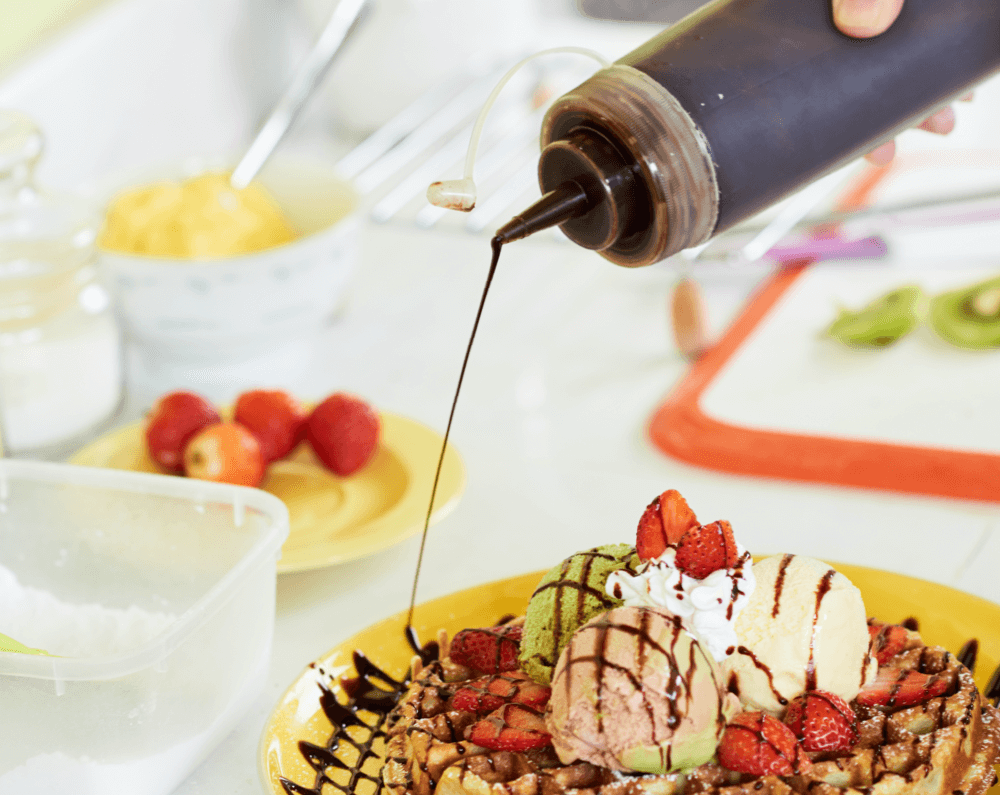Carob
The carob is a legume that comes from the tree of the same name, with the seeds being characterized by having a high content of natural sugars, proteins and minerals (calcium, silica, iron and phosphorous). The seeds of the fruit are ground up to make locust bean gum, which is used as a thickening agent. The rest of the fruit is chopped and dried naturally, before being used as a high-quality food supplement for animals. Both in terms of its qualitative richness in fibres and tannins (polyphenols) and its natural medical properties, is indispensable in mixtures that strive to strengthen the use of natural products and improve quality. There are significant differences based in the variety and the land on which it is grown. At Industrias Ralda, we primarily manufacture our products with the black variety from our region (Tarragona): thick carob, that provides a pulp with a high sugar content and low fibre content. As a result, our carob products have been awarded the GMP+ B2 certification for the production of raw materials for animal feed.
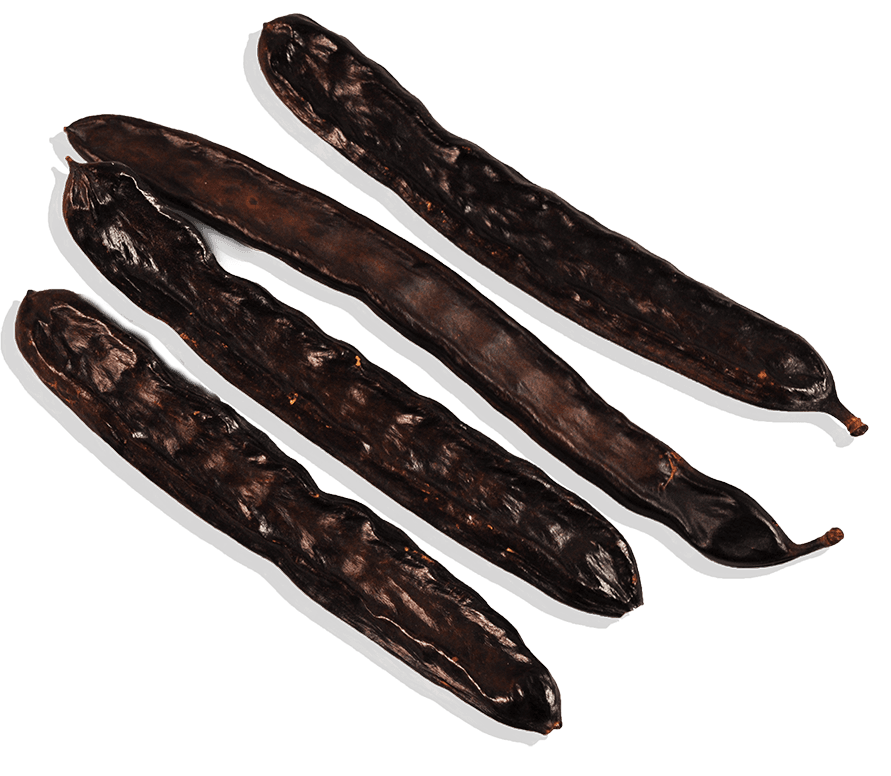
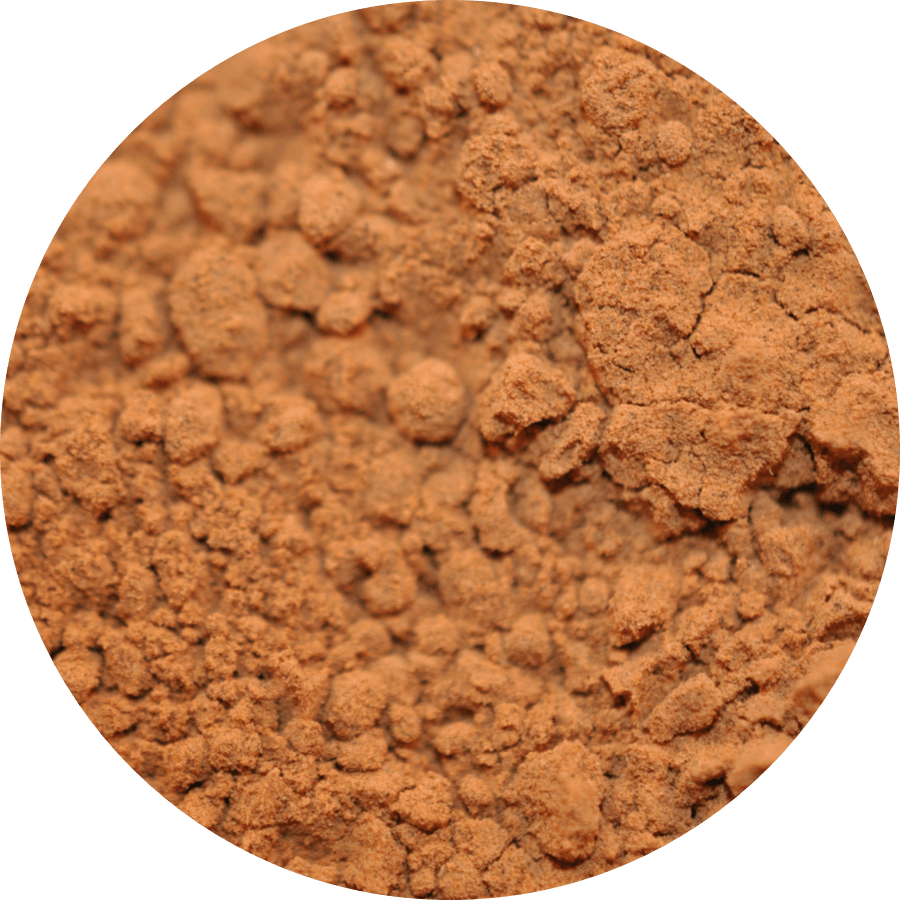
Roasted carob powder
Roasted and micronised carob powder is obtained by grinding up the seedless fruit of the carob tree. A high-quality ingredient is obtained for the food industry by means of a completely natural process. Owing to its high fibre, calcium, iron and vitamin content and being free of gluten, fat, caffeine and theobromine, it’s ideal for human and pet food. It is chiefly used in the human diet as a substitute for cocoa and its presence can be noted in sweet and savoury gastronomic products. This product can be used to make tarts, fritters, pancakes, crepes, sponge cakes and energy bars for athletes. This product is used in the animal food industry due to its outstanding properties. As feed for piglets it prevents and combats diarrhoea during weaning and replaces the use of medication. Its pleasant smell and taste have an excellent effect on their appetite. It’s used in diets for pets such as dogs and cats as a calcium supplement to reduce intestinal and faecal problems by preventing diarrhoea, to increase their appetite and to enrich the food’s flavour.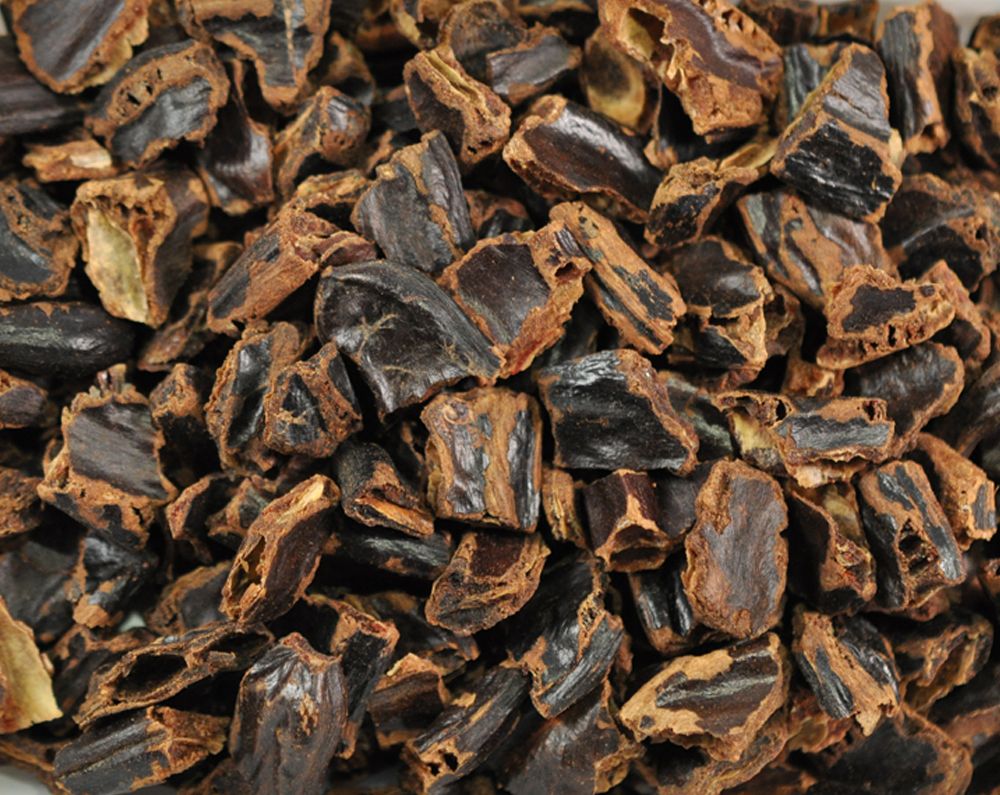
Kibbled carob larger than 8 mm
(also called 'cubes')
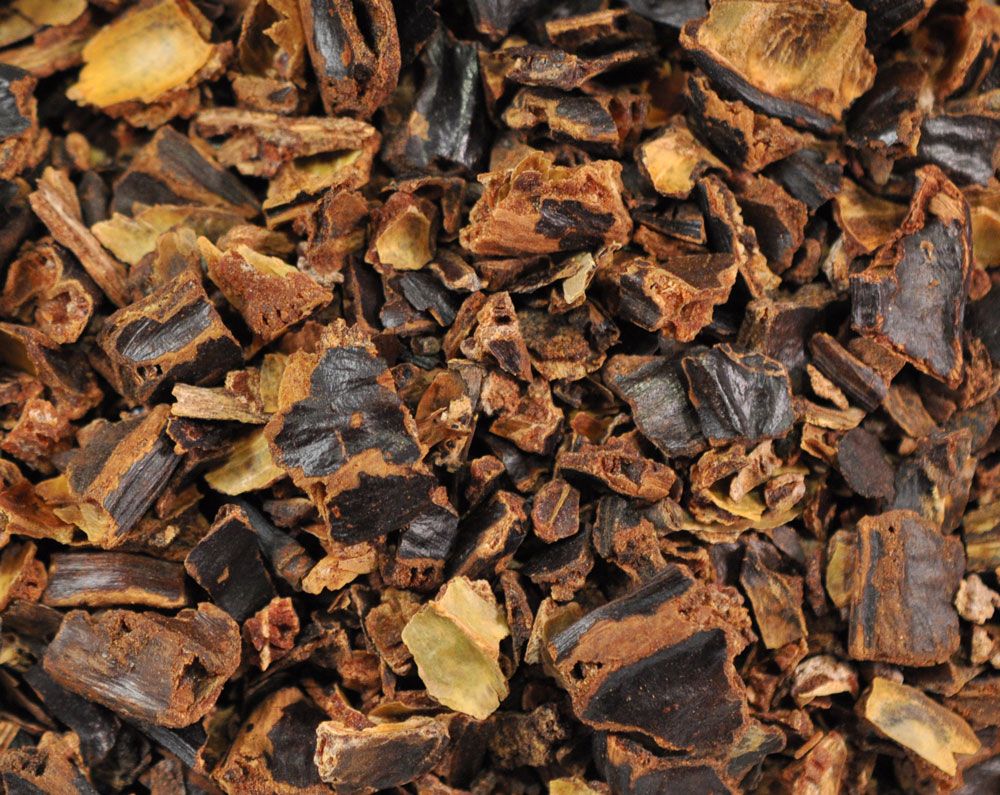
Standard kibbled carob
(6 to 20 mm approx.)
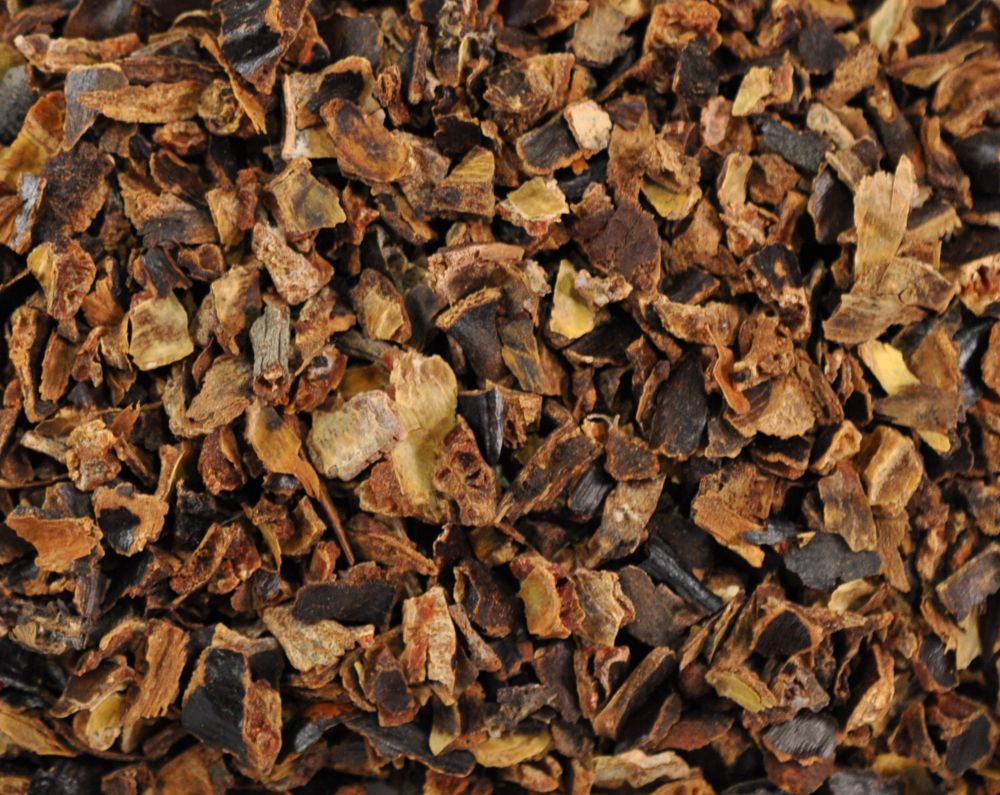
Kibbled carob
(4 to 8 mm approx.)
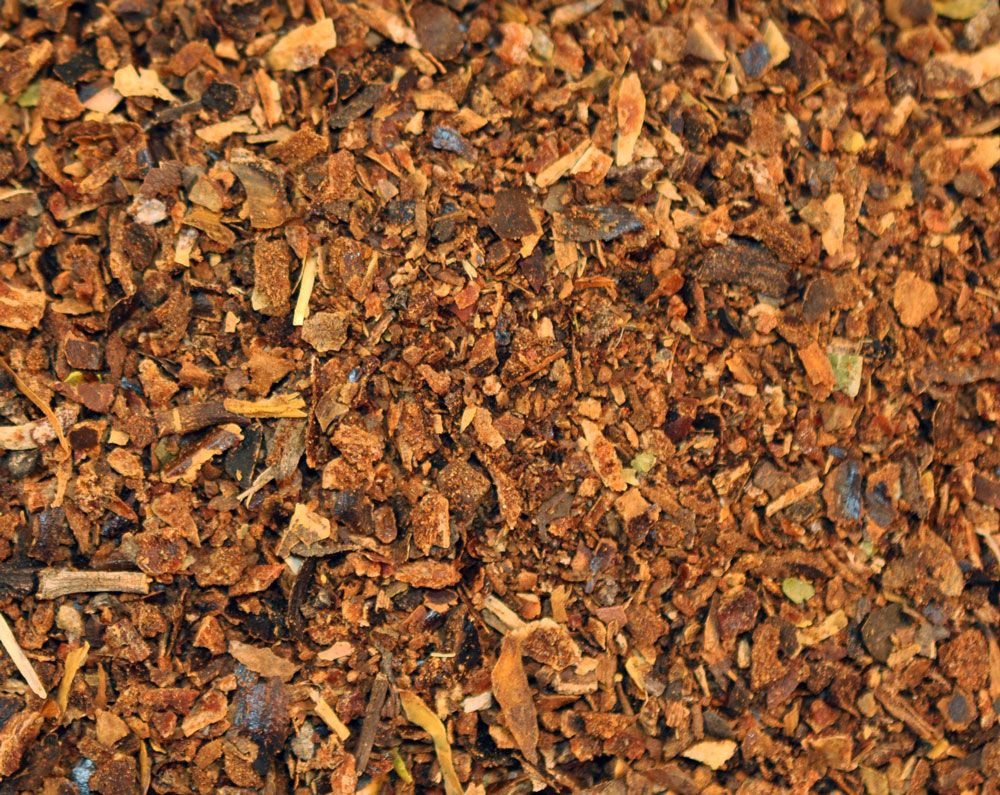
Kibbled carob under 4 mm
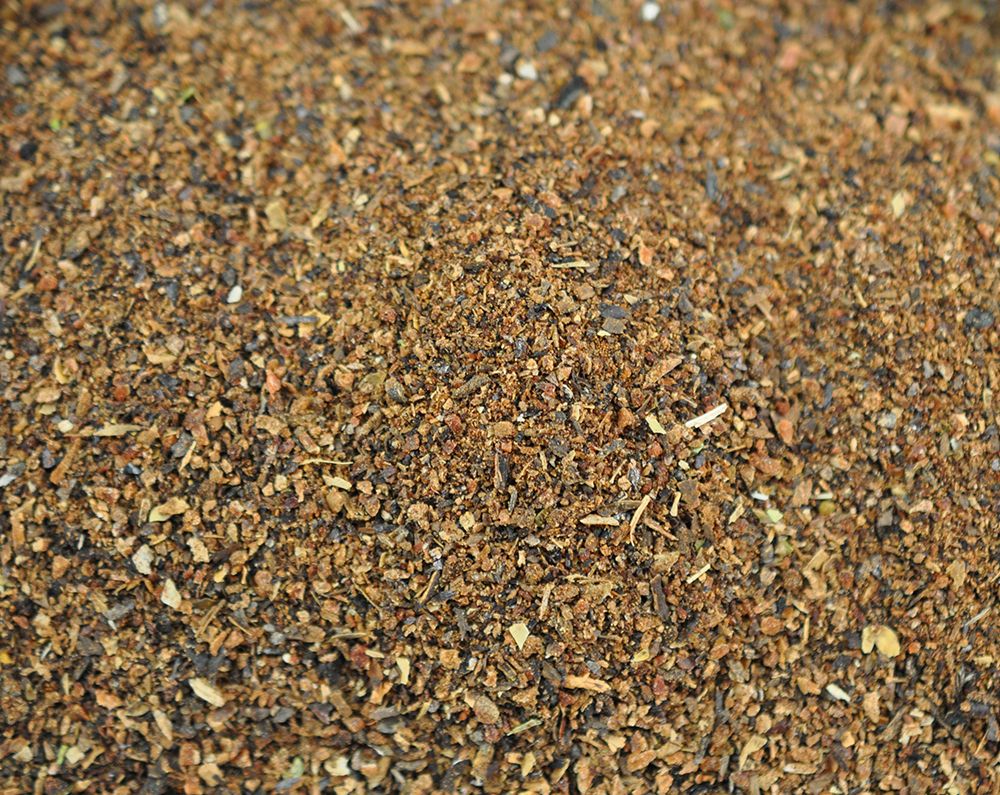
Kibbled carob under 2 mm
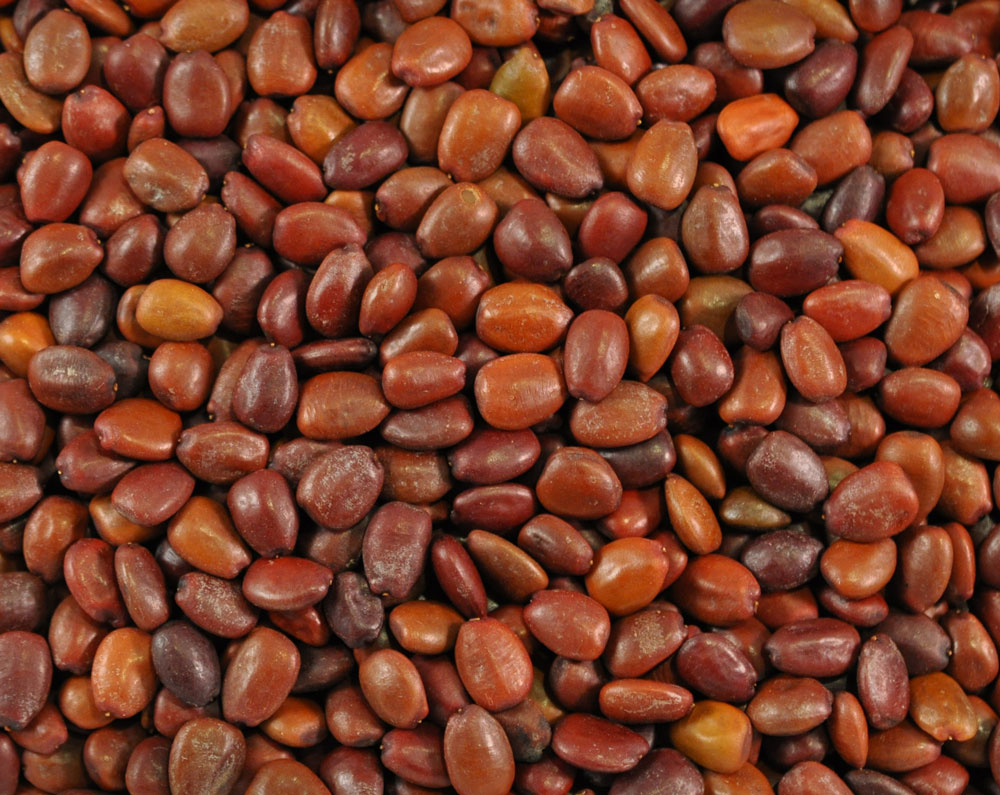
Carob seeds or locust beans
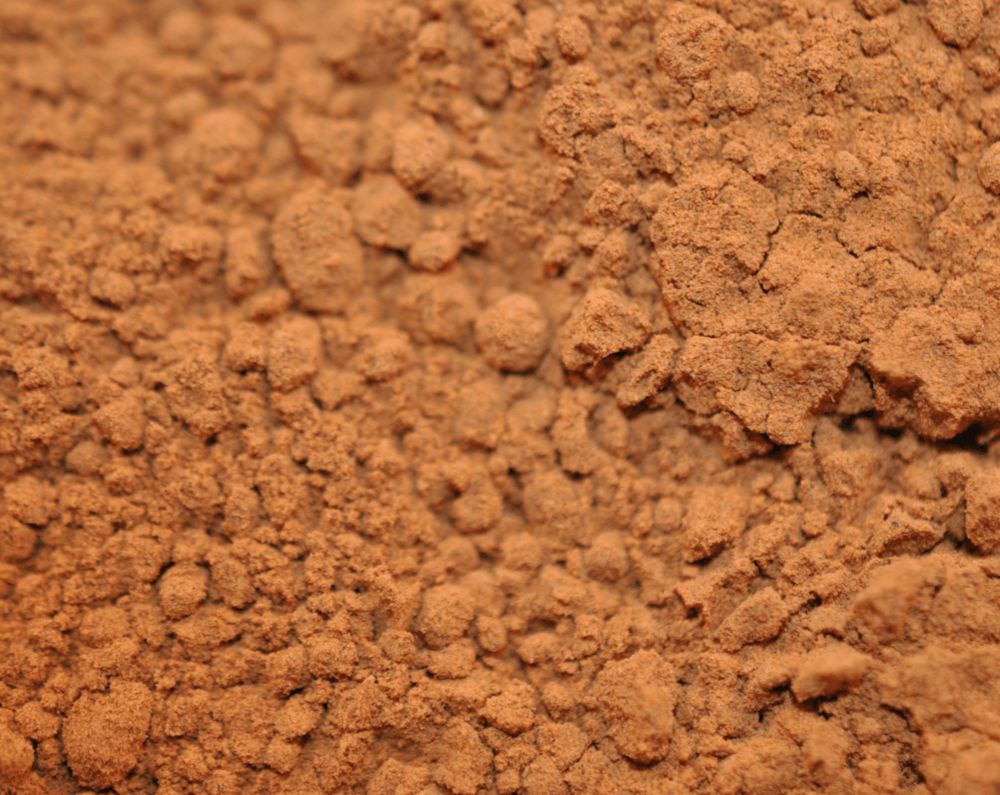
Roasted carob powder
- It eliminates diarrhoea and bowel problems. It is very effective at remedying problems with soft faeces.
- It increases the appeal and palatability of pellets and dry food for puppies.
- It significantly increases the shine and volume of their fur.
- In view of its chemical properties, including carob in feed blends improves the quality of output.
Product format
At Industrias Ralda, we offer our customers this product in the following formats:
- In bulk
- In big bags, 1,000 kg approx.
- In 40 kg paper sacks on pallets.
- In 25 kg bags on pallets.
Fabrication process
The carob Carob is harvested from the field between August and September each year. The farmers transport it to our facilities in Santa Bàrbara and we store it so that we can work throughout the year. The carob is left to rest for a few months so that it is dry enough to work on industrially. In the manufacturing process, the pods are broken in order to separate the seed from the rest of the fruit. It is a natural process and no type of chemical product is added and the fruit retains all its natural properties.
Nutritional properties
The largest component of carob flour is carbohydrates, particularly sucrose, which gives the powder a sweet taste. This makes it an excellent food in terms of energy. Fibres are extremely important and abundant in carob flours and, along with the carbohydrates, they produce a slow transformation of sugars throughout digestion.
Composition
| Reducing sugars | 35-42 % |
| Glucose | 20-22 % |
| Sucrose | 19-22 % |
| Crude fibre | 6-9 % |
| Crude protein | 4-6 % |
| Starch | 1-2 % |
| Crude fat | 0.4-1 % |
| Ash | 2.5-4 % |
| *NFEM | 65-70 % |
*Nitrogen-free extractive material.
Nutritional characteristics
| Gross energy | 4.22 Mcal/kg M. dry |
| Digestible energy (R) | 3.4 Mcal/kg M. dry |
| Metabolizable energy (R) | 2.9 Mcal/kg M. dry |
| FU* ruminants | 95 Mcal/kg M. dry |
| FU* pigs | 62 Mcal/kg M. dry |
| TDN* ruminants | 67 Mcal/kg M. dry |
| TDN* pigs | 66 Mcal/kg M. dry |
*FU: Fodder unit *TDN: Total digestible nutrients
Percentage of use for different animals
| Dairy cattle | 3-6 % |
| Adult bovine | 5-15 % |
| Beef cattle | 10-25 % |
| Sheep | 5-20 % |
| Goats | 3-7 % |
| Rabbits | 5-30 % |
| Horses | 15-40 % |
| Breeding sows | 4-8 % |
| Pigs | 2-3 % |
| Cats and dogs | 2-12 % |
Energy contribution for different animals
| RUMINANTS | |
| Metabolizable energy | 5638 kcal/kg. |
| Net energy | 1808 kcal/kg. |
| RABBITS | |
| Digestible energy | 3080 kcal/kg. |
| HORSES | |
| Digestible energy | 3139 kcal/kg. |
| PIGS | |
| Metabolizable energy | 3160 kcal/kg. |
| Digestible energy | 3213 kcal/kg. |
*General digestibility rate: 88%

